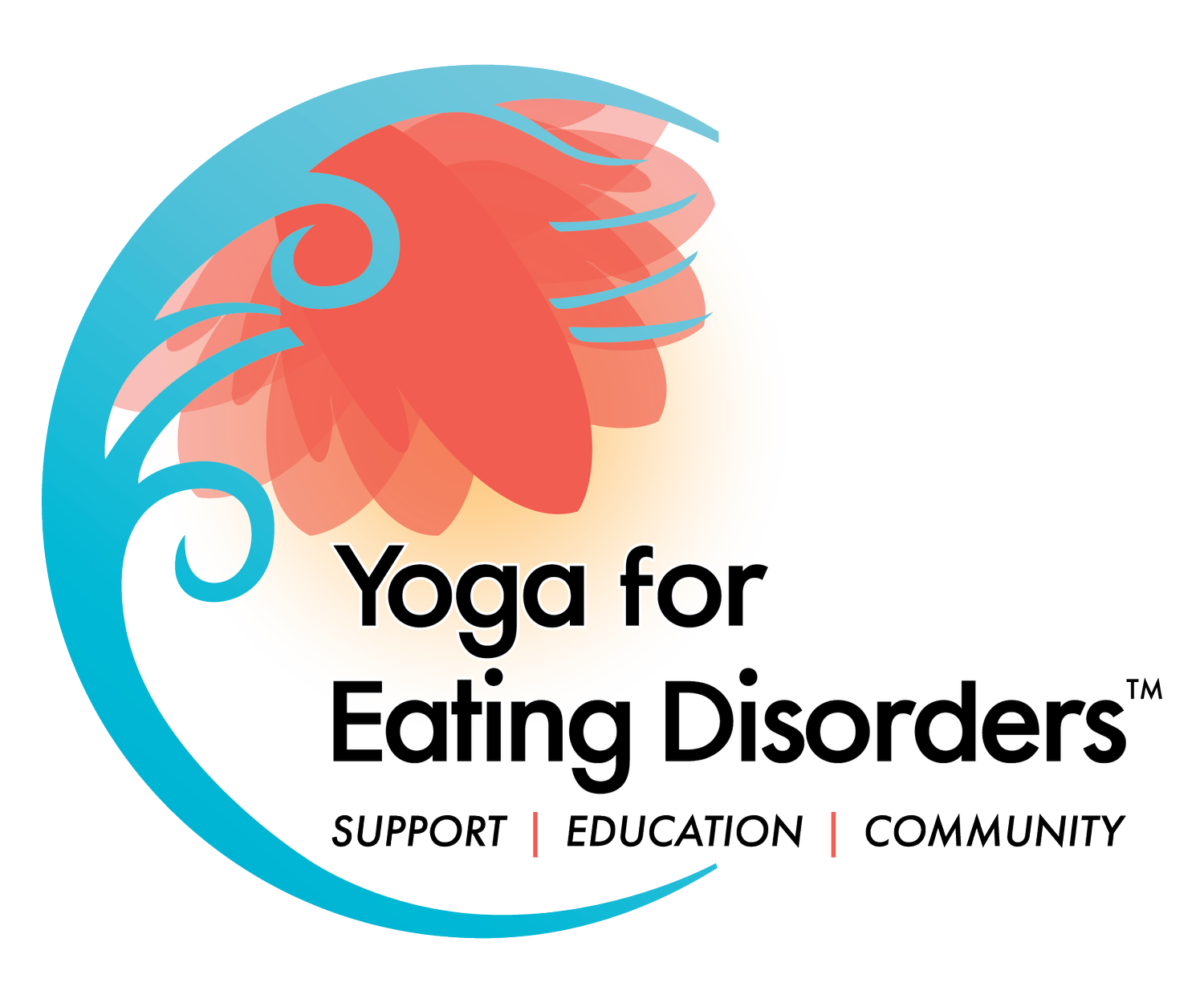Overcoming the Weight of Shame
Shame is heavy, so heavy. The emotional weight of shame triggers body image angst, which turns on a series of habitual thought patterns, reactions, and behaviors that beget more shame. Before you know it, we believe we have gained 10 pounds, are unworthy, and don’t deserve to eat. This is how much power shame can have.
Shame is not productive. It paralyzes and ensnares. It’s also intensely cruel. The effort to shed shame takes patience and self-compassion, and it is an effort well worth it.
Interrupting the “Shame Script”
In my personal work as a woman in recovery and my professional work as a certified yoga therapist, I use yoga and mindfulness practices to interrupt the “shame script,” that spiral of habitual thoughts and reactions that can lead us down dangerous and self-deprecating paths. You know as well as I how ferociously persistent these thoughts can be. We become buried under their weight, only we believe the weight to be real pounds of flesh instead of uncomfortable feelings. By purposefully pausing (or interrupting the “shame script”) we create the space to redirect our energy and essentially break the habitual thought patterns and behaviors that come from feeling shame.
Emotional Counterposes
Yoga and mindfulness practices are powerfully effective tools for creating a purposeful pause in such moments. One practice that I find resonates with my yoga therapy clients is what I like to call emotional counterposes. The idea is to embody a pose or position that evokes the opposite feeling to shame. By using our bodies in this positive way, we can literally embody a more empowering sensation and cultivate a calmer state of mind. We lighten the load, so to speak. This is also an effective practice for moments of anxiety, fear, and doubt.
Here’s how to do it.
First, identify what shame feels like in your body. How do you hold your body when you feel shame — what is your posture? For many people, shame feels and looks closed down. We tend to embody “closed down” by hunching our shoulders or looking down, anything we can do to hide. We might clench our jaw, hold our hands as fists, or harden our gaze. The longer we hold these closed down expressions or “poses,” the longer we embody, feel, and think shame.
Next, ask yourself what the opposite feeling of shame is. Let’s say your answer is confidence, which has a very different vibe than “closed down,” right? Confidence is open, expansive, strong.
Countering shame with a sense of confidence might look something like this: roll your shoulders back, ground your feet on the floor, unclench your jaw, and gaze forward with a soft determination. Stand up tall like mountain pose or do Warrior 2 or Tree pose, both of which are beautiful expressions of confidence.
Remember, the goal is to shift your body to a position that counters what shame feels like. Simply sitting taller and wrapping your shoulders back can create that effect. The “pose” doesn’t have to be big, perfect, or have a name. Simply softening your eyes and unclenching your jaw can do wonders for changing your demeanor and slowing down or interrupting the “shame script.”
Once in the counterpose, take several purposeful deep breaths and allow your whole body to soften. Continue to breathe deeply until the spiral of thoughts calms down or stops. Notice the difference in your body language and the quality of your thoughts. Just notice. Without judgement.
The Real Work
I understand that the real hard work is remembering to do some or any of this practice in the first place. We have carried shame and other scripts for so long. It takes persistent effort to rewire habitual thoughts and behaviors. I encourage you to use emotional counterposes as a practice or tool to help you manage shame and others heavy feelings when they come on. It’s not a cure, and it won’t prevent painful feelings from coming back. And sometimes it will be harder than others to embody a different attitude. But, practice it enough and you will train yourself to cut off shame before it pulls you under.
You got this!

